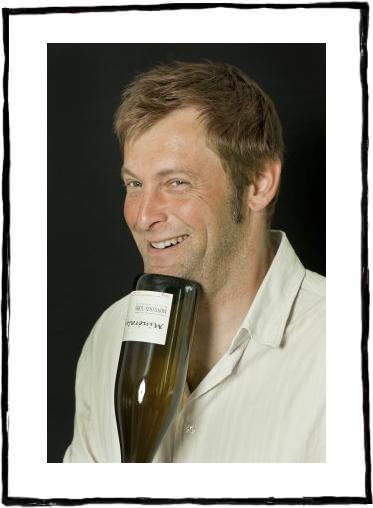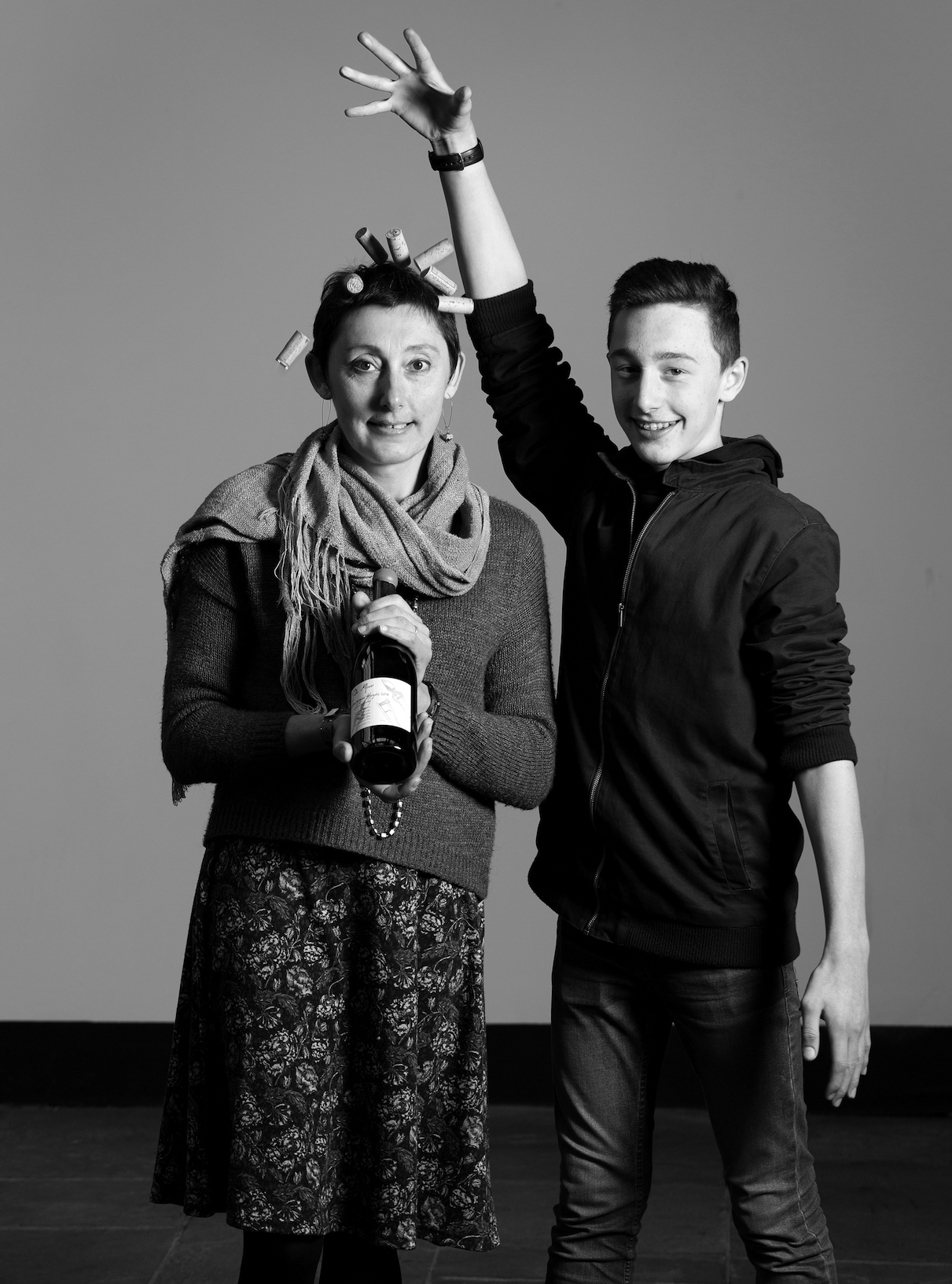
Appellations and pear-shaped thinking
We work with the wines of Frantz Saumon (he’s a former lumberjack and he’s okay), a vigneron who makes most excellent wines from either old vines or massale selection Chenin in the Montlouis AOP. He has moved his winery to outside the appellation – and for some absurd monolithic bureaucratic “reason” – cannot append Montlouis to his wine anymore. Montlouis AOP RIP. Whisper the M-word never again in the murky wine bars of Copenhagen, nor the back streets of Hackney. Frantz is not alone – many growers whose wines similarly reflect the best traditions of the region in which they operate have been also disqualified, be it for label infringements or more often than not, failing the test of typicity. He will be labelling his wines Vin de Frantz (because they are, innit). Fortunately, importers are more interested in the grower and the wines themselves rather than the finical application of appellation. How do we like those appellations? Not a lot. And do we give a damn? Frankly, no.
Are Wine Competitions A Load Of Rubbish…
… is the title of an article penned (typed) by Simon Woolf in his Morning Claret substack. As a fellow natty wine aficionado, my immediate thoughts on seeing this provocative rhetorical question (I love the smell of clickbait in the morning) were… Yes. Of course. A total waste of time, etc.
I would never diss the quality of the judges and tasters themselves or fault the amount of organisation that goes into these grand events. It is more the idea of awarding points which translate into medals and trophies that is anathema, being both so incredibly reductive and subjective at the same time. Not to mention that the wines on show almost always possess a certain filtered demeanour; are competent to the point of high mediocrity; and all deserving of their inevitable prize in the wine equivalent of the caucus race in Alice in Wonderland.
My main problem is the very rationale of such events and their environmental impact. How many judges fly across the world to take part in the many dozens of tasting competitions held in each country? What is the cost of transporting samples? How much wine ends in being poured down the sink? Isn’t this all a sheer indulgence, an additional marketing burnish, to give medals to wines that don’t really need them?
Of carbon footprints
I’ve noticed a reluctance on the part of certain sommeliers and wine buyers to buy what we used to call New World wines (which are, more precisely, wines that take the lengthy deep sea route), adducing environmental impact as the chief reason. Various templates exist by which you can calculate the carbon footprint of your entire shipment. There is a lot of pro-rata stuff to factor in, weight being one. Suffice to say, transporting bottles of wine by truck yields the highest carbon footprint, and in certain examples, shipping containers from the other side of the world will have less impact than freighting across Europe.

Le Vrai Chablis
The past is a foreign country, especially when it takes place in a foreign country. I was once invited to a small wine club. Its members were all charming, knowledgeable, and possessed enviable collections of wine from legendary producers (mainly in Burgundy, Champagne and Piedmont). I was asked if I would like to choose a wine from one person’s storage vault for everyone to drink. The wine I selected was a 1er Chablis (with some age) from Dauvissat. And why wouldn’t I? The audience in near-raptures already. Glasses eagerly proffered, the wine intently examined from all angles in the glass, sniffed with reverence and gently taken into mouths to baptise the lucky tongues. The ensuing silence had an almost a religious aura to it. As I rolled the liquid around my mouth and began to open my soul to pure, inspiring Chablis, the wine stopped abruptly, and I detected the tiny – yet perceptible – burn of sulphur, like a flick of a match. The very life, the fluidic energy of the wine was locked down. I looked around at the faces aglow with spiritual consummation and thought: “How are these people not tasting what I am tasting?” Or what I am not tasting? Fast way forward to this last weekend and I open a bottle of De Moor Chablis Bel Air & Clardy. I am always worried that a wine won’t live up to my expectations. But De Moor never disappoints. Forget tasting notes; this wine is like sunlight dissolved into water, literally shimmering with tension. Unlike the other wine, this one is not pickled in its own reputational worthiness. This wine is the true Chablis.
Rethinking pink: the Rosé Conundrum
A sucker for frolicsome pinky and perky wines, I used to be a slavish fan of pale Provençale wines until my mouth eventually began to pucker and twist with all the sulphur that had been added to the wines. Not to mention the double-filtering stripping the palate of their vinosity. A lot of natural wine producers are very proud of their rosé wines and make them with a certain seriousness rather than for spring-summer glou (even if that is the primary purpose). These wines may be field blends of red and white grapes, or will be vinified in barrels, spending time on the lees to gather complexity. They will reach the bottle without filtration or fining. Perhaps even sans soufre. They will be gastronomic wines. That captivating “deep” rosé colour in a wine that packs a punch has to be the best of all wine worlds. But in a demarcating world, a rosé is a rosé is a rosé – perceived as summery flummery, a piffling adornment, and never viewed as the wine on its own terms, which can lean towards the structure of a red yet possess the refreshing gratification of a white. We ought to be more colour blind in our choices and I would ask buyers and somms to remember that just as a dog is not just for Christmas, a rosé is for all year round.
*
Interested in finding out more about the wines mentioned? Contact us directly:
shop@lescaves.co.uk | sales@lescaves.co.uk | 01483 538820

